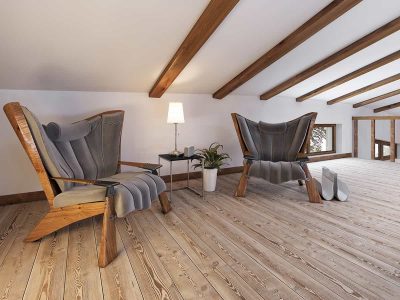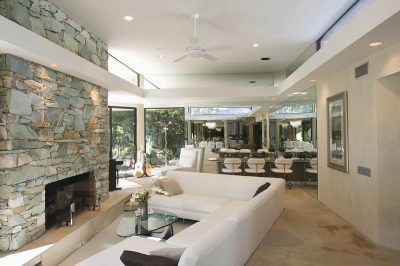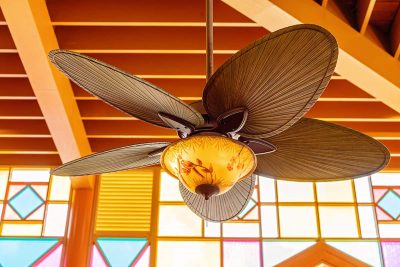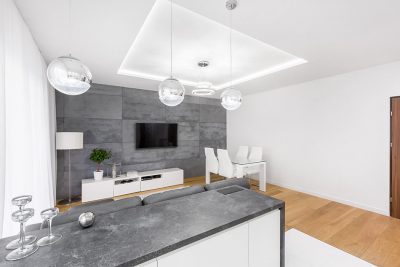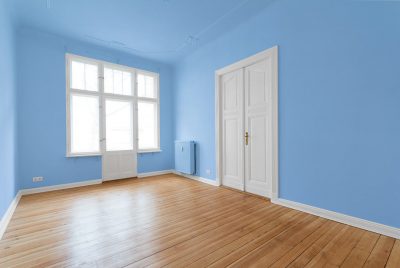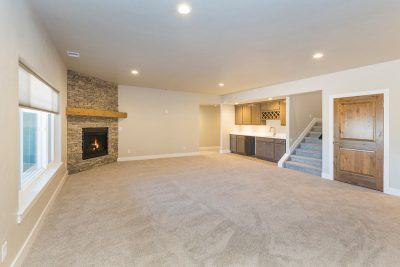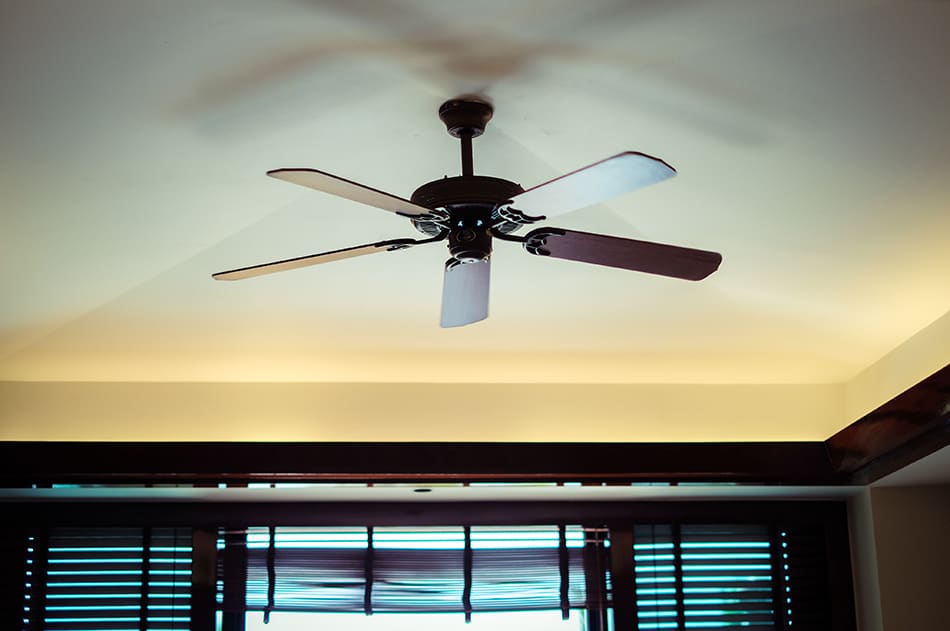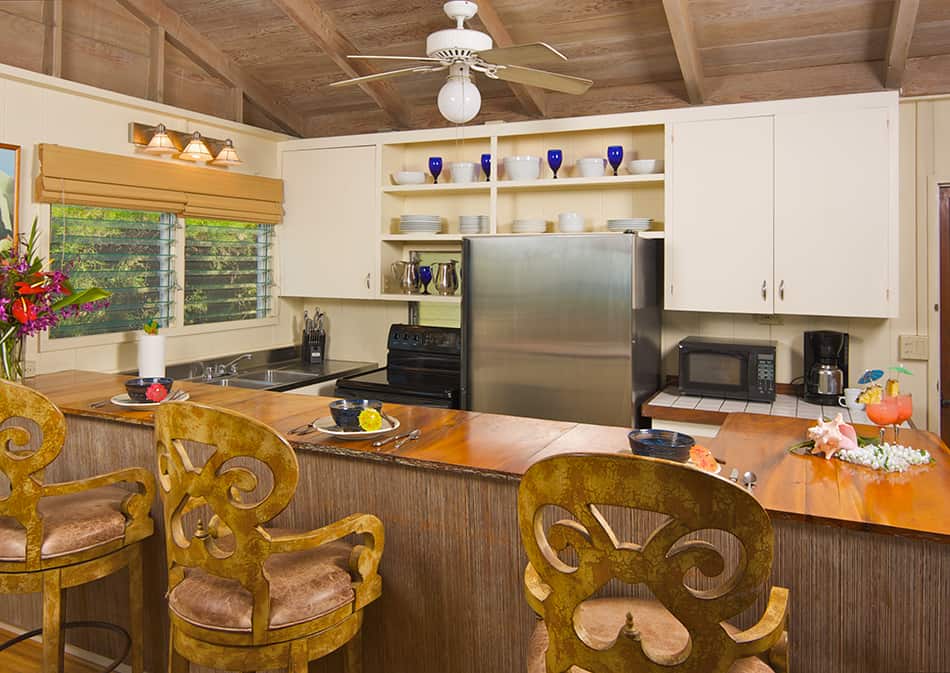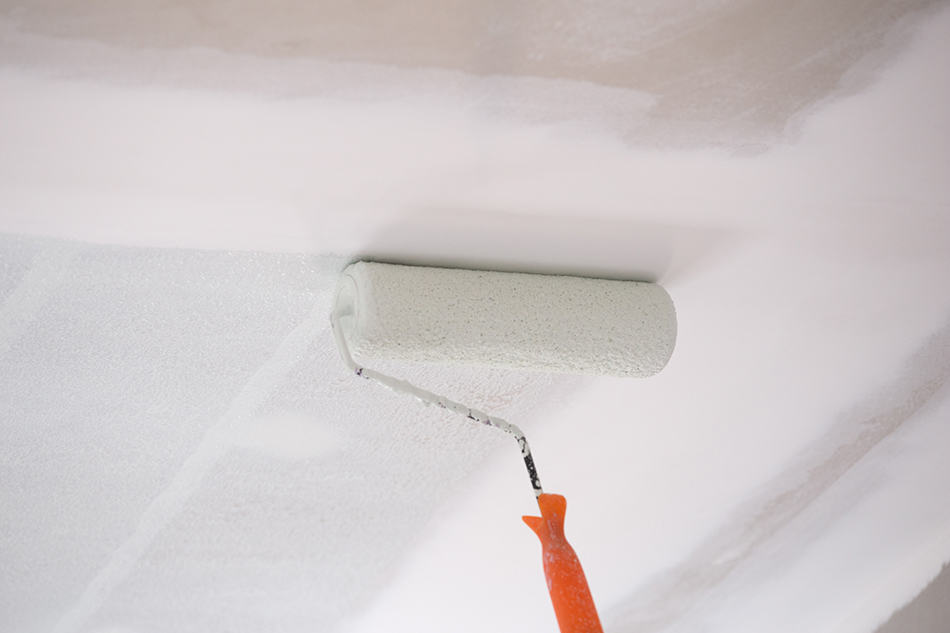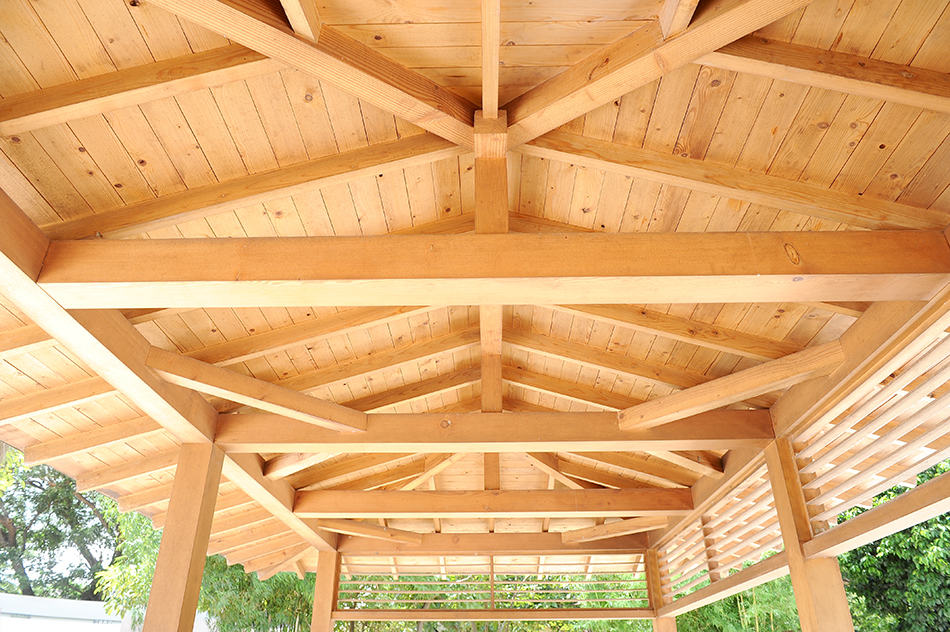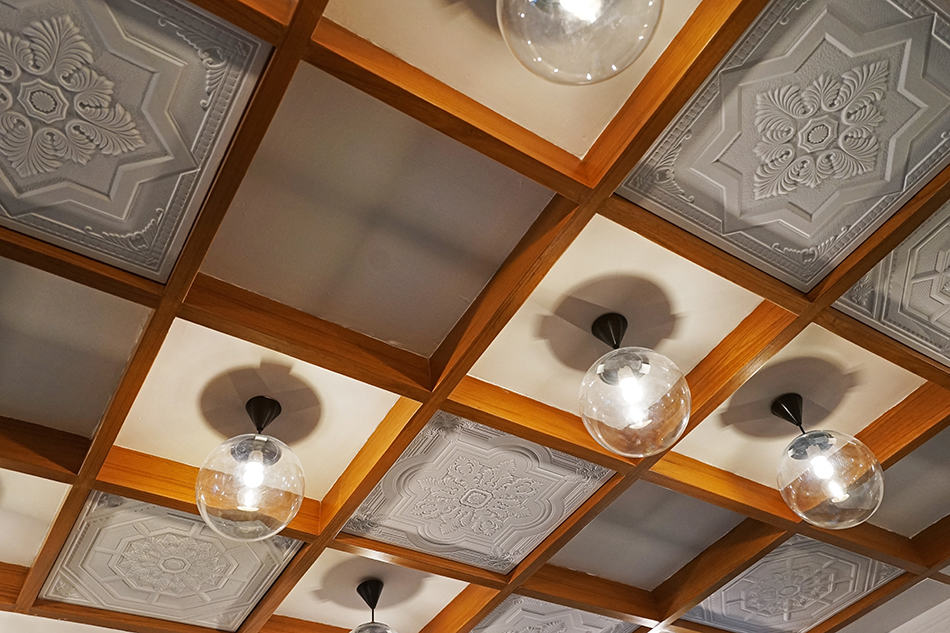Low ceiling attic rooms require extra decorating care in order to make them feel bigger and more inviting. Small attics are certainly challenging to furnish, especially the ones with low ceiling height. These charming yet awkward rooms with their sloped ceilings can turn into cozy and comfortable dormers – as long as you know how to design the perfect layout.
Traditionally ceiling fans were designed to match the color of the ceiling so that they would blend in; however, many modern ceiling fans have been designed to add interest to a room, so you may feel confused about whether or not to match your ceiling fan color to your ceiling.
Ceiling fans are a good addition to a room all year round; they help to circulate warm air in winter to reduce heating costs and also push cool air downwards in high temperatures to help keep the room from feeling too hot and stuffy. As well as being a functional appliance, they also present an opportunity to add a touch of personality to a space or define an interior style.
A coffered ceiling is a work of art, and it can add texture, depth, and visual interest to a plain ceiling. However, this architectural design is not meant for every room. For this reason, it is vital that you understand the standard coffered ceiling dimensions. That way, you’ll be able to know if it can impact your room in a positive or negative way. So, what are the dimensions of a coffered ceiling?
Whether you are remodeling your home or made the decision to build a new property, the type of ceiling you should install can be a little confusing. To transform the feel and look of your home, why not consider a suspended ceiling, otherwise known as a drop ceiling. This ceiling type will add a unique decorative feature to your basement, study room or even living room.
For several decades white has been considered as the only color option for painting ceilings in homes, but this is a design feature that is being increasingly challenged by interior decorators. Instead, some people are choosing to paint their ceilings the same color as the walls, and it is a trend that is slowly catching on.
In terms of basement ceilings, a lot of homeowners only think of two options, which are dropped and drywall ceilings. However, there are several types of basement ceilings. Remember, your basement is a casual area of your home. As such, you can experiment and try decorative ideas for your basement ceiling. To help you choose, here are the different types of basement ceilings.
Ceiling fans can keep your room cool during the summer without causing a significant spike in your electricity bills. It’s also a great way to spruce up your dining or living rooms, especially if you install one which has an integrated light fixture.
If you don’t like the heat…install a ceiling fan in the kitchen. If only it were that easy, right? Deciding whether or not to install a ceiling fan in your kitchen can sometimes be a challenge. You would have to worry about height limitations or how a fan fits in with the rest of your kitchen cabinetry. You’ll also have to consider your lighting fixtures and whether the ceiling fan can fit beside these.
Eggshell paint offers a slight sheen and is more durable than a flat paint, making it easier to clean. It is also highly resistant to moisture and stains, making it ideal for high-traffic areas like kitchens and bathrooms. In contrast, flat paint has no sheen and is better at concealing ceiling imperfections. It is a great option for rooms with low natural light or visible flaws.
The standard spacing for ceiling joists is 16 inches on center (OC). In this mode, the joist spacing utilizes many kinds of wood including Douglas fir, hemlock fir, and southern pie. You may also find ceiling joist spacing at different numbers including 12 inches, 19.2 inches, 24 inches.
Ceilings play a crucial role in both the structure and interior style of a home. It supports the interior walls, while its height, style, and materials can greatly impact the overall ambiance of the house.
